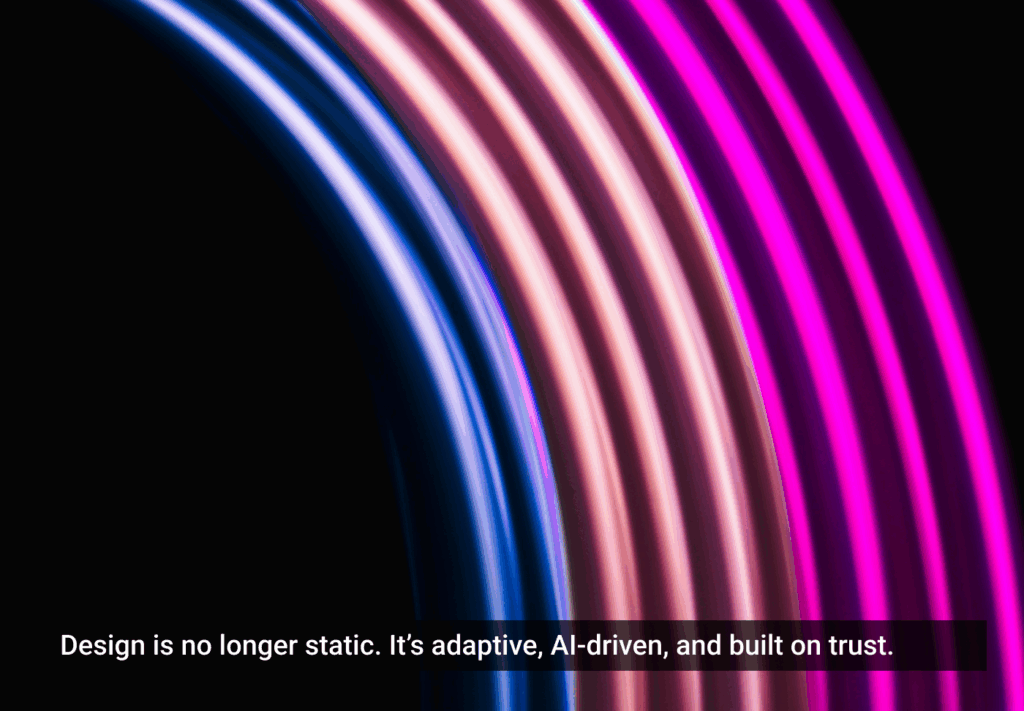- Accessibility, Design Ethics, Human-Centered Design, Inclusive Design, UX Design
Discover how ableism influences our interfaces and why real design begins with humanity, not assumptions.
Article by Tamara Sredojevic
Ableist Design: Challenging Systemic Norms
- The article claims that design often defaults to an able-bodied “norm,” making exclusion a structural rather than an unwanted consequence.
- It illustrates that accessibility mistakes come from assumptions: designers believe who the user is instead of investigating, researching, or involving Disabled people.
- The piece highlights that accessibility must be built in from the start and seen as an ethical, collective responsibility rather than a specialized add-on or professional task.
Share:Ableist Design: Challenging Systemic Norms
Share this link
- December 11, 2025
24 min read






